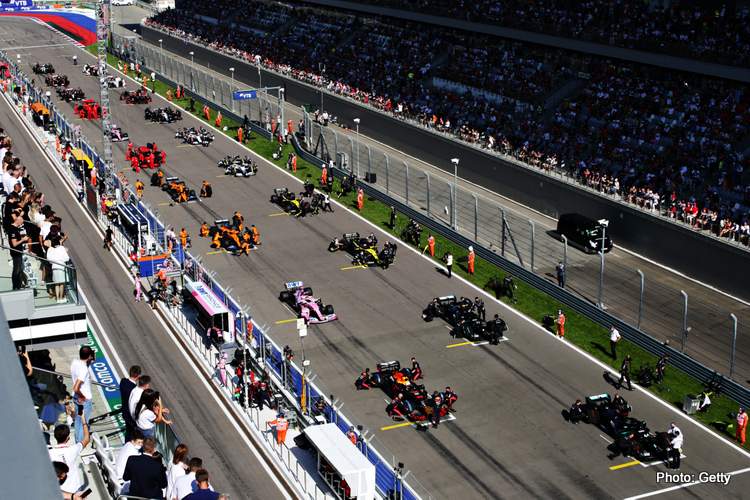In the high-octane world of Formula 1 racing, pole position is a term that commands attention. It signifies not only the best starting position on the grid but also the culmination of a fascinating journey that stretches back to the very roots of this iconic motorsport. In this script, we’ll delve into the origin and evolution of pole positioning in Formula 1, a tale that’s as thrilling as the races themselves.
RELATED : The Out lap mean in F1 ? Discover
THE DAWN OF FORMULA 1
Formula 1, or F1 as it’s more commonly known, traces its roots back to the early 20th century when the thrill of automobile racing first gripped the world. The sport evolved, and by the mid-20th century, it had taken the form we recognize today.
THE EARLY DAYS OF GRID POSITIONING
In the early days of Formula 1, grid positioning was a relatively straightforward affair. The cars lined up based on a variety of methods, such as driver nominations, random draw, or even based on the order in which entries were received.
THE SWITCH TO QUALIFYING SESSIONS
The 1950s marked a significant shift in the approach to grid positioning. Qualifying sessions were introduced, allowing drivers to compete for the best starting position. The fastest driver would secure the pole position, a term borrowed from horse racing where the pole marked the inside position of the track.
THE ICONIC SILVER ARROW ERA
The 1930s saw the dominance of the Mercedes-Benz Silver Arrows, a legendary era in racing history. The team introduced a revolutionary concept, the “single lap qualifying,” where each driver had a single, all-out lap to secure their grid position.
THE ADVENT OF MODERN QUALIFYING
As the years passed, Formula 1 embraced the concept of modern qualifying sessions, divided into several parts, each more exciting than the last. In 2006, the knockout-style qualifying was introduced, adding suspense and strategy to the mix.
THE INFLUENCE OF TECHNOLOGY
With advancements in technology, Formula 1 saw a shift in how pole positions were determined. Cars became more sophisticated, incorporating cutting-edge telemetry, aerodynamics, and tire technology, all of which had a significant impact on grid positions.
THE HUMAN ELEMENT
But amidst the technological advancements, one element remained constant – the human factor. The skill, bravery, and determination of F1 drivers have always played a pivotal role in securing pole positions.
THE LEGACY OF POLE POSITION
Today, the concept of pole positioning in Formula 1 embodies the rich history, spirit, and innovation that define the sport. It’s a symbol of excellence, a testament to the evolution of F1, and a promise of thrilling races to come.
CONCLUSION:
The origin of pole positioning in Formula 1 is a story of progress and passion, of adapting to the times while respecting tradition. As the sport continues to evolve, pole position will remain a symbol of achievement and the first step towards victory in one of the world’s most exhilarating and competitive motorsports
